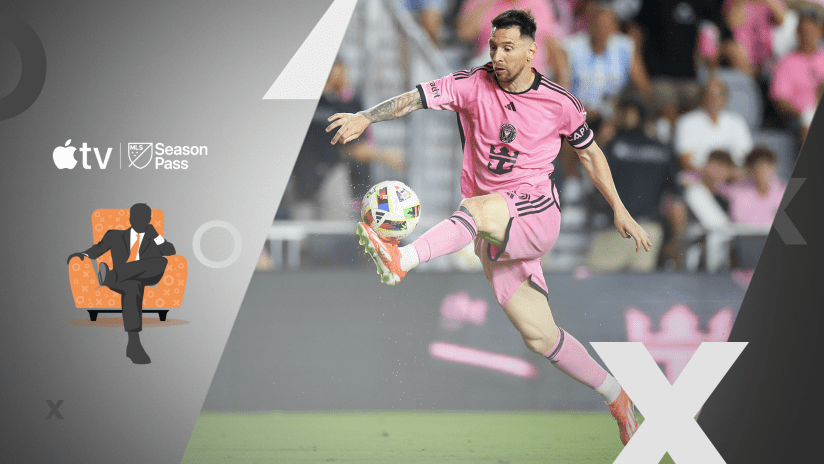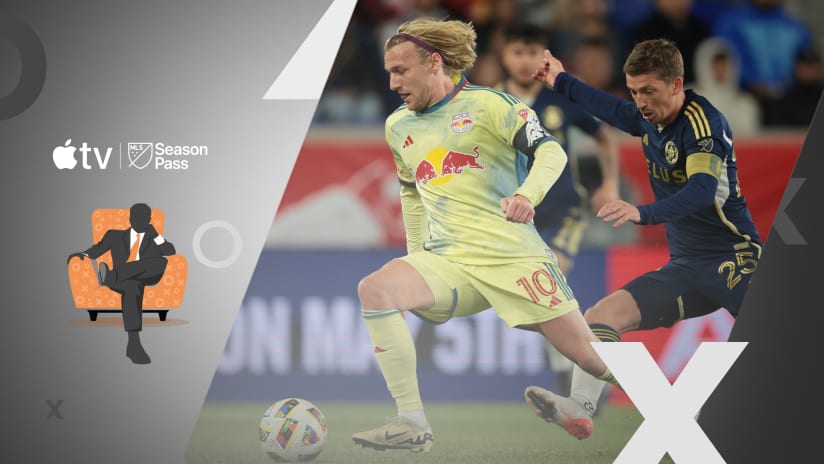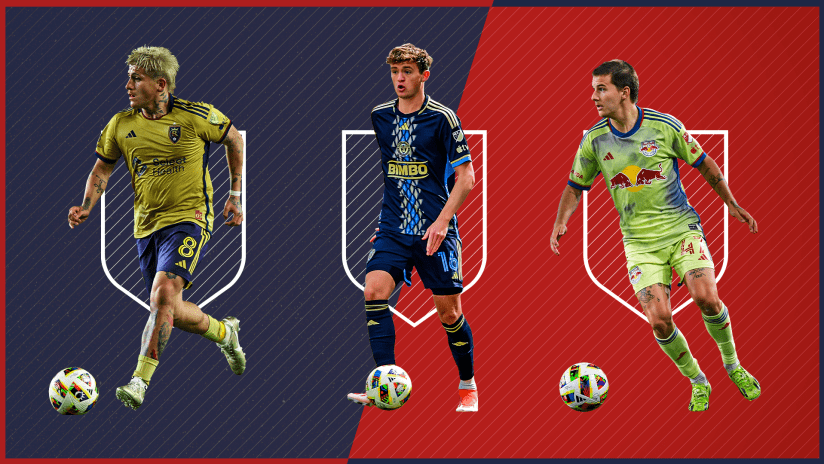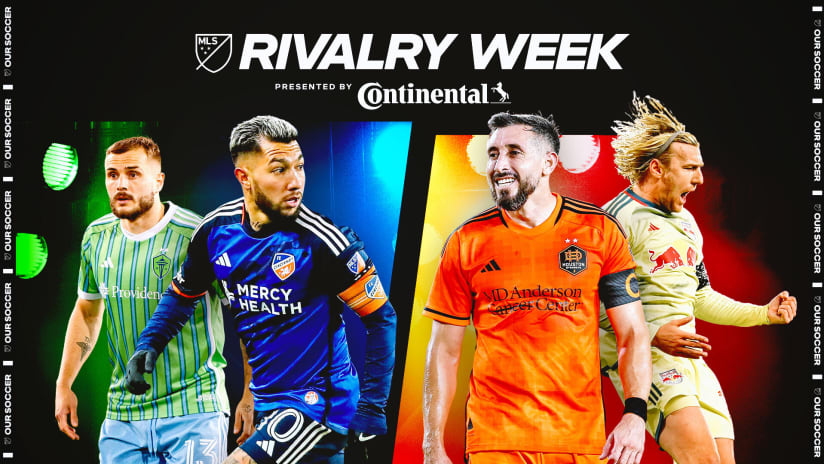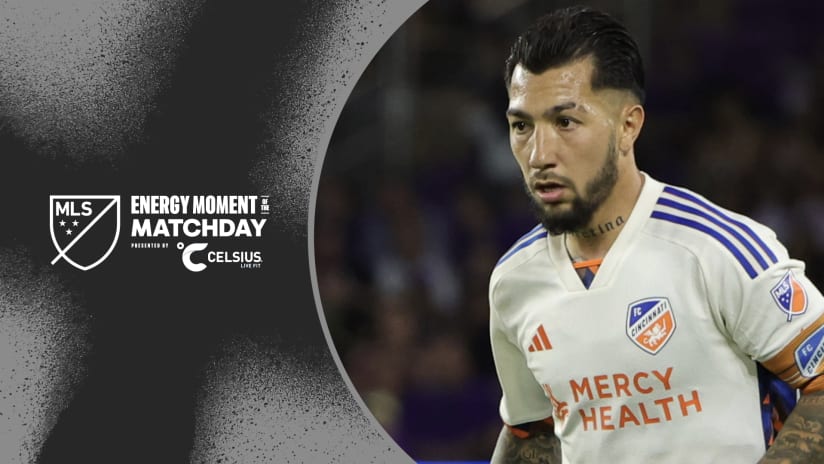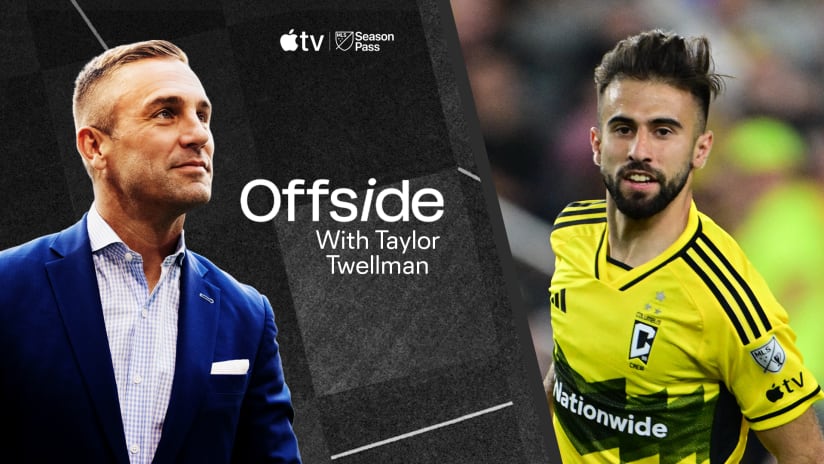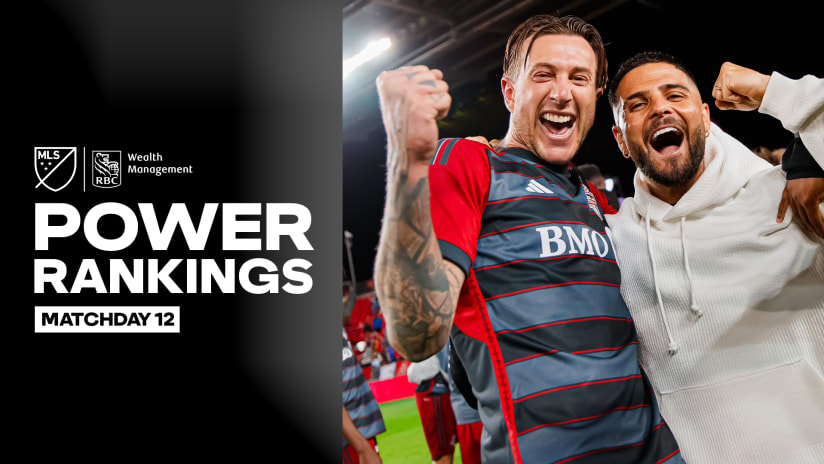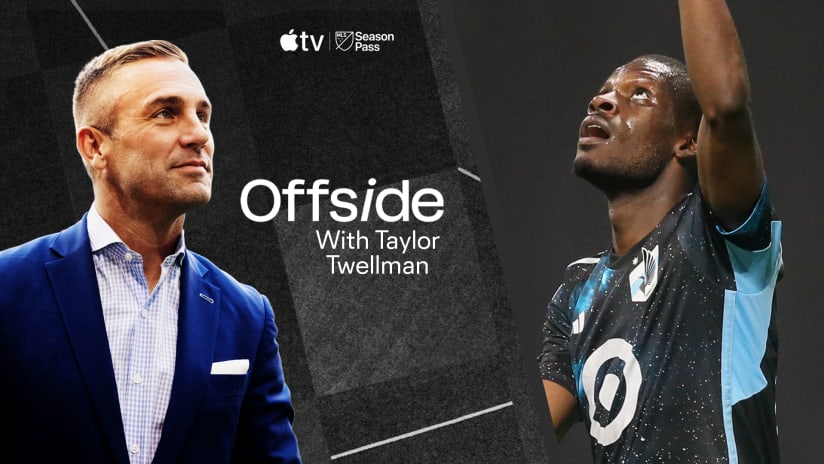This is the final installment in a series of 20 short columns focused on the things I'm thinking about as we approach the 20th season of Major League Soccer. I'm going to dig into mostly non-obvious questions here – the tertiary stuff that can become bigger over time – rather than the giant storylines (e.g., How do the Red Bulls replace Henry? What if Ozzie's injury lingers? Is this THE year for TFC?).
You can find previous installments in my story archive HERE. For this latest entry, we're going to fill the bowl...
I'm really not sure what to say about Orlando City SC. Even with their USL roots, they're still an expansion team, and expansion teams are inherently mysterious.
How, exactly, will they line up? What tempo will they try to make theirs? Where will they generate chances? How will the central midfield and central defense come together? How high a line will they play?
Those are all big questions, and this isn't a "big question" column. This is supposed to be about the little things that turn an also-ran into a decent squad, or a decent squad into a contender. Or – if we're talking about an individual tree instead of an entire forest – how a good player becomes a great one.
All of that and more is at play for OCSC. We know that Kaka, if he stays healthy, will be great. We don't know much beyond that.
So with that in mind, I just want to jump into one particular thing: it looks like Brek Shea is going to be playing left back for OCSC. And since he can A) run all day, and B) get goal dangerous in the final third, that means he's going to be an overlapping, attacking left back:
(I cheated, since he was actually playing left wingback in a 3-5-2 when he scored that above goal, but even in the 4-2-3-1 I expect OCSC to play, Shea will spend plenty of time in attacking positions).
Overlapping fullbacks have become essential in the modern game for the obvious reason: they provide attacking width. When said width is provided, however, that team becomes susceptible to counterattack in the event of bad turnovers. And the best way to cover for those bad turnovers and deal with incipient counterattacks are through good midfield shape and sharp, lateral shifting from the back line.
So when Shea pushes up the field on Sunday against NYCFC (5 pm ET; ESPN2), keep an eye on both deep central midfielders playing behind Kaka, and – even more importantly – keep an eye on what the entire back line does. When Shea is going forward, Rafael Ramos or Tyler Turner (whichever starts at right back) has to hold back and act as a true defender. And whenever it's the right back's turn to push up high, then Shea will have to rein in his attacking instincts and sit deep himself.
It doesn't have to be symmetrical, but every team needs balance. The best ones manage to create it even when their fullbacks are in complete attack mode.


